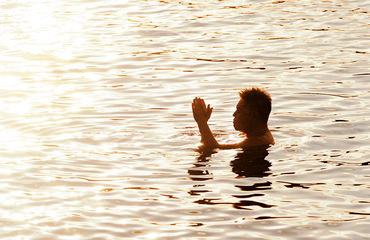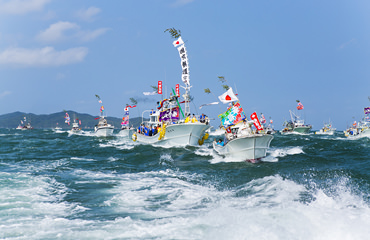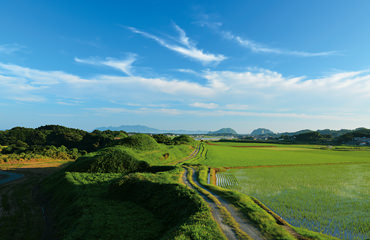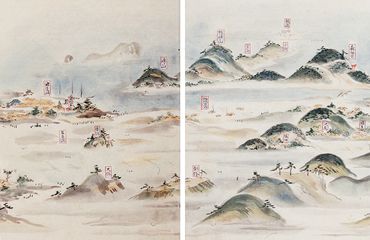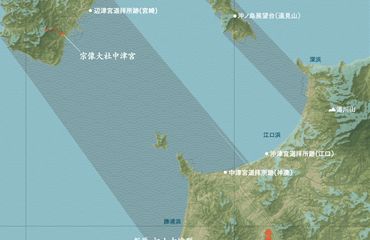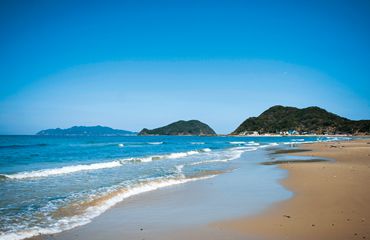To preserve this World Heritage site for future generations
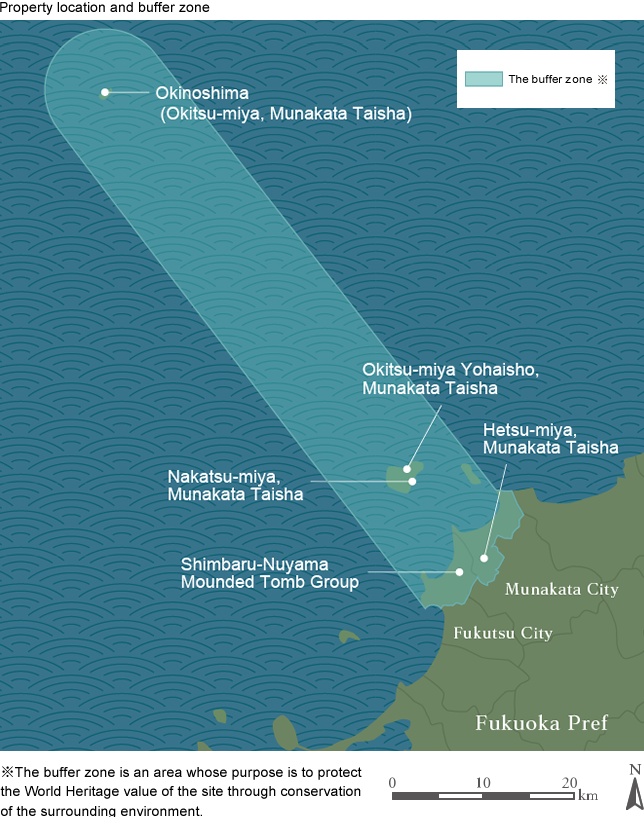
The Sacred Island of Okinoshima and Associated Sites in the Munakata Region have been preserved and passed down by the local people, who have nurtured a tradition of faith in the island. The goal for a World Heritage Site is to preserve it as a collective human legacy, and pass it down to future generations. Preserving a World Heritage Site requires a structure to manage preservation efforts. The shrine precincts and mounded tomb group of Munakata Taisha have been designated as Cultural Properties and are legally protected as such.The challenge is not just a matter of protecting the cultural sites themselves. It is also about preserving the surrounding ocean and rich natural landscape, and the livelihood and religious faith of the local people, all of which constitute the World Heritage value of the sites. To protect this group of properties and its surrounding landscape, however, requires not only a framework of legal protection but also the active participation of the local population that has inherited the faith from generations past.We are working together with local residents to preserve the property, including the local culture and traditions that are associated with it.
Why has the property survived in pristine condition to this day? Its survival is a direct result of the local culture and traditions.
That ordinary-looking landscape tells a hidden story of the history and meaning of this property.
To preserve this precious legacy for future generations, more people must become involved.
After the property is registered as a World Heritage Site, interest in this property is bound to expand, and the ring of protection offered by World Heritage status will grow accordingly.


